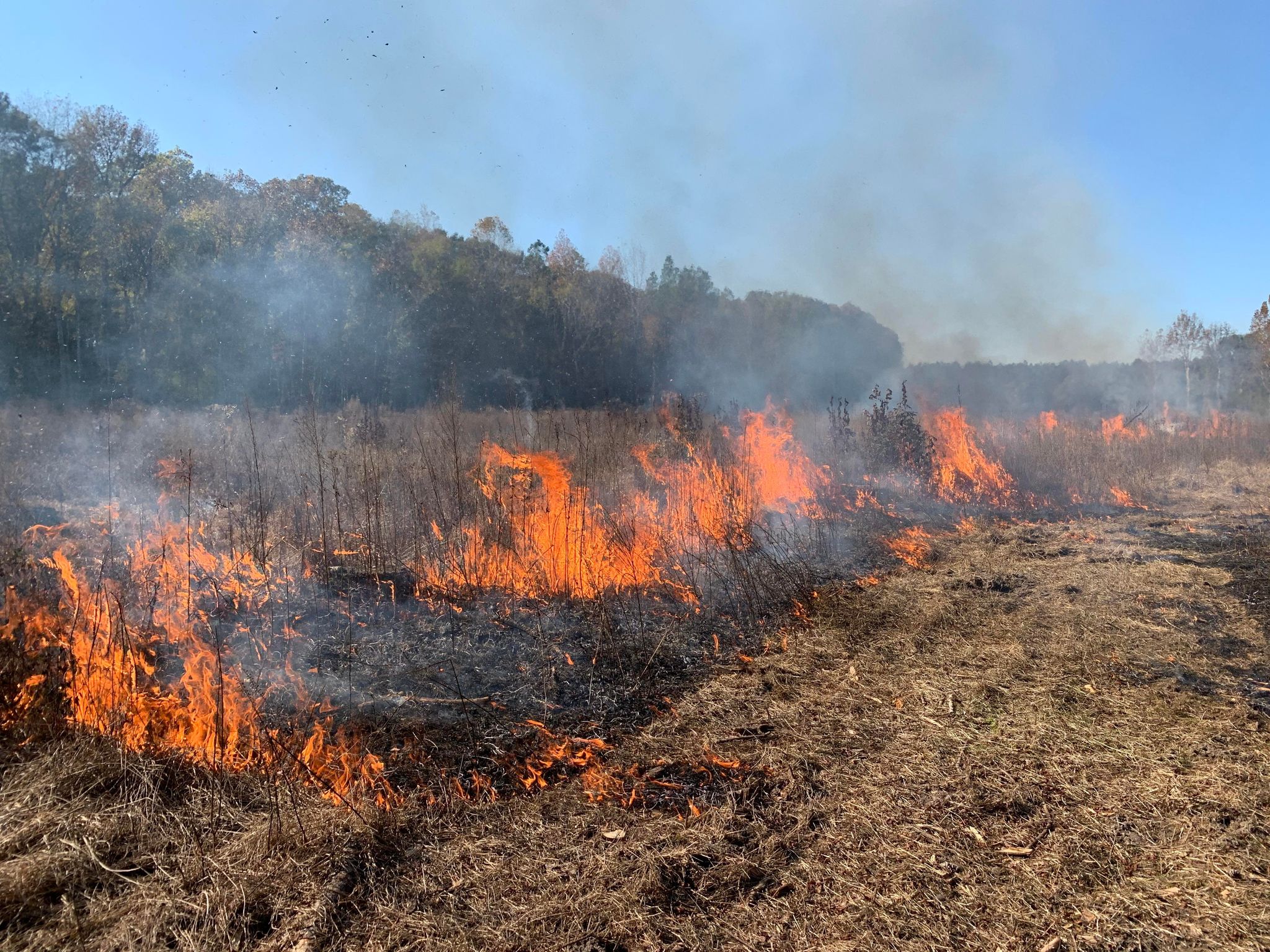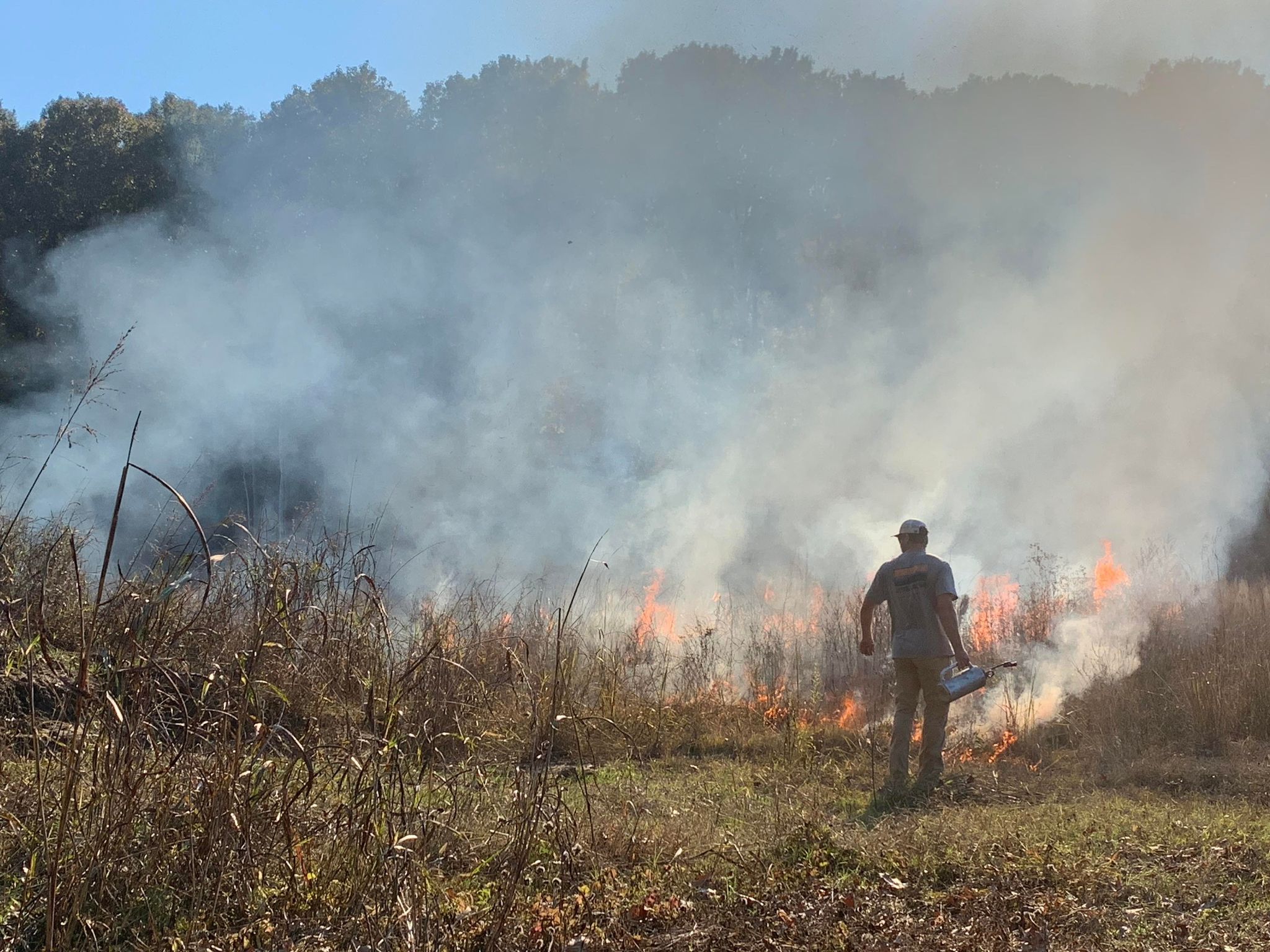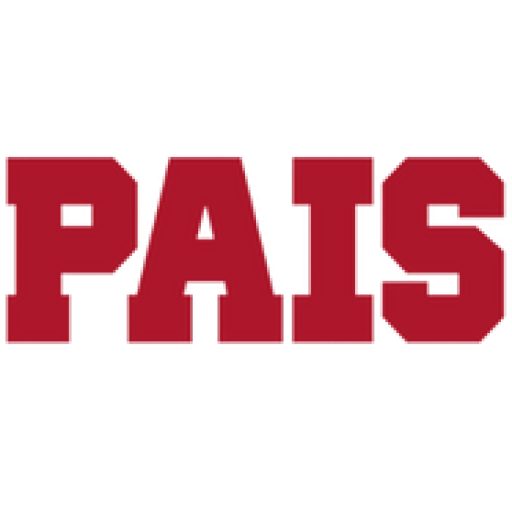Forest Management

Forestry in Alabama brings in $600 million annually and is also a huge industry across much of Mississippi. In addition, hunting alone brings in more than $1.8 billion.
Without question, Southeastern forests are one of our greatest resources.
Forest managers face multiple challenges in using their property to maximum benefit.
PAIS 2.0 offers support to our landowners and property managers. Our program will provide assistance with production strategies, prescribed burn techniques/supports, and identification of non-timber forest products (NTFPs).

Goal
Provide assistance with:
- Production strategies
- Prescribed burn technique/support
- Identification of Non-Timber Forest Products (NTFPs)
Impacts Affecting Southeastern Forests:
It is important to protect the southeastern forest due to the dependence on resources that are provided. The southeastern forest is impacted by insect pests, invasive flora and fauna, diseases, climate change, and catastrophic wildfires.
Identification of Non-Timber Forest Products (NTFPs):
Non-Timber Forest Products, or NTFPs, can provide landowners with additional income that is already found on their land. They include a wide range of edible, medicinal, decorative, and handcrafted goods harvested from woodlands that have economic value. In short, they are the materials that are not associated with the growing stock of a forest. NTFP are often overlooked and may provide landowners with additional income.
Helpful links:
Inside Agroforestry: Seeing the non-timber forest products for the trees
Non-timber Forest Products for Foliage and Floral Industries
Prescribed Burn Technique/Support:
Prescribed burning provides many benefits to the environment. These benefits include vegetation control, fuel reduction, nutrient cycling, increased biodiversity, habitat restoration, wildlife management, pest control, and reduced wildfire risks. The southeastern United States fauna and flora have adapted to frequent, low intensity fire and depend on it. In order to maintain forests, prescribed burning must occur every one to two years. Educating the general public of these benefits not only provides more fire on the landscape, but also encourages young generations to learn more about the environment they live in.
Helpful links:
Alabama Prescribed Burning Guide
Thinning:
The process of thinning is often used to help with the control of the stocking levels of trees and can provide additional income. The crowns of a tree begin to close as trees grow, thus increasing competition for resources such as water, light, and nutrients. Reducing the canopy cover between 25% – 60% will keep the desired amount of light reaching the understory for optimum forage production. All together thinning trees could lend itself to promoting herbaceous native plant species growth, leading directly to pollinator support, all-the-while, decreasing competition for water by trees.
Helpful links:
Thinning Loblolly Pine Stands To Benefit Wildlife & Timber Production
Best Management Practices (BMPs):
Best management practices or BMPs are practices, or a combination of practices, designed to be an effective and practicable mean of preventing or reducing the amount of pollution generated by nonpoint sources. In later terms they are intended to maintain and protect the physical, chemical, and biological integrity of waters. Specifications for an individualized BMPs should include practices concerning streamside management zones (SMZ), stream crossings, forest roads, timber harvesting, reforestation/stand management, forested wetland management, and revegetation/stabilization.
Helpful links:
Alabama’s Best Management Practices for Forestry
Timber Harvesting Guidelines for Forestry Best Management Practices
Objectives of a Forest Management Plan:
- Objectives maybe defined as financial or non-financial objectives. Non-financial objectives include wildlife, aesthetics, recreation, self-satisfaction, soil stabilization, water quality and land stewardship. Objectives should also match each landowner/stakeholder’s goal, meaning that everyone’s objective maybe different.Examples of objectives:
- Timber production
- Recreation
- NTFPs
- Wildlife habitat
- Aesthetics
- Species diversity
- Preservation
- Source of income
- Self-satisfaction
- Tax shelter
How to put together a Forestry Plan:
- Define goals and objectives.
- Define property and inventory resources.
- Plan management activities.
- Implement management plan.
- Monitor and evaluate goals and objectives.
- Update the management plan
Additional Information
Due in part to the decline of soil health in the region, timber production has risen to be a primary economic engine in West Alabama and East Mississippi.
The timber industry in Alabama incorporates over 23 million acres, generates over $16 billion in product shipments annually, and provides over 43,000 direct jobs.
The state’s-timberland is 93% privately owned, second only to the state of Georgia. The situation is similar in Mississippi. In fact, timber is the state’s second-largest commodity with a value exceeding $1 billion annually.
Timber is the leading agricultural commodity in more than half of Mississippi’s counties (Mississippi Department of Agriculture and Commerce, 2020). In Mississippi, almost 80% of the state’s approximately 20 million acres of timberland are privately owned.
The large, industrial timber operations have easy access to trained personnel to assist in forest management and ensure maximum production. However, in the West Alabama/East Mississippi region to be served by PAIS 2.0, much smaller landowners manage smaller tracts of timber, often in conjunction with other agricultural efforts on their property.
These stakeholders, often struggling to break even, may struggle to gain the assistance they need in critical areas of forest management such as timber extraction, replanting, and prescribed burning. A program providing outreach and physical assistance will be invaluable in assisting these stakeholders in their efforts to survive and flourish.
If you would like assistance in any of these areas, please initiate process by completing PAIS Survey.
Address
Math and Science Building
University of West Alabama
Livingston, AL 35470
Call Us
Drew Busby: (205) 652-4559
Aubree Plymale: (205) 652-3840
Drew Busby: dbusby@uwa.edu
Aubree Plymale: plymalea@uwa.edu
